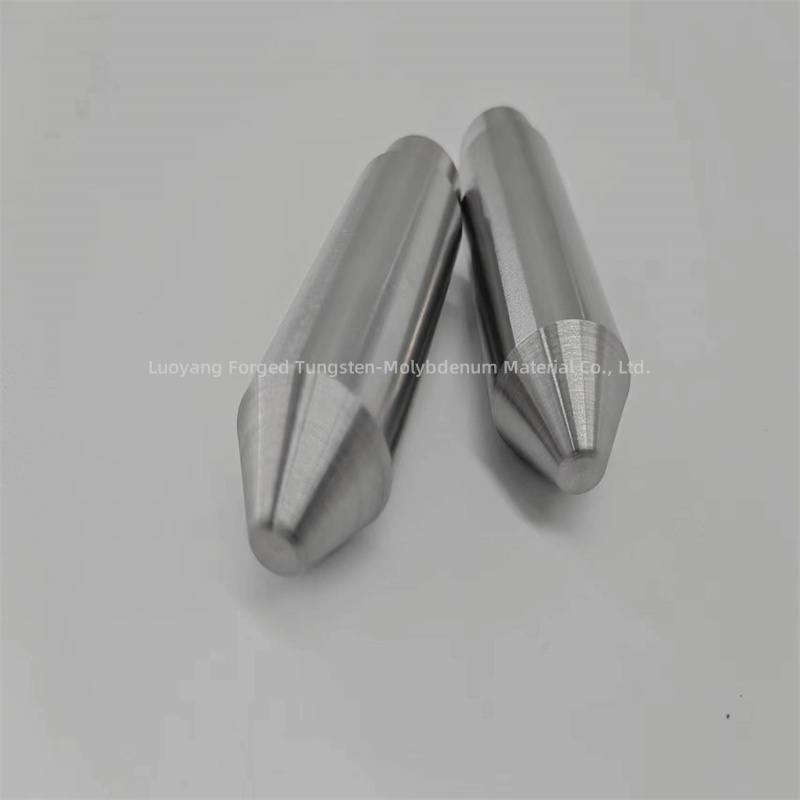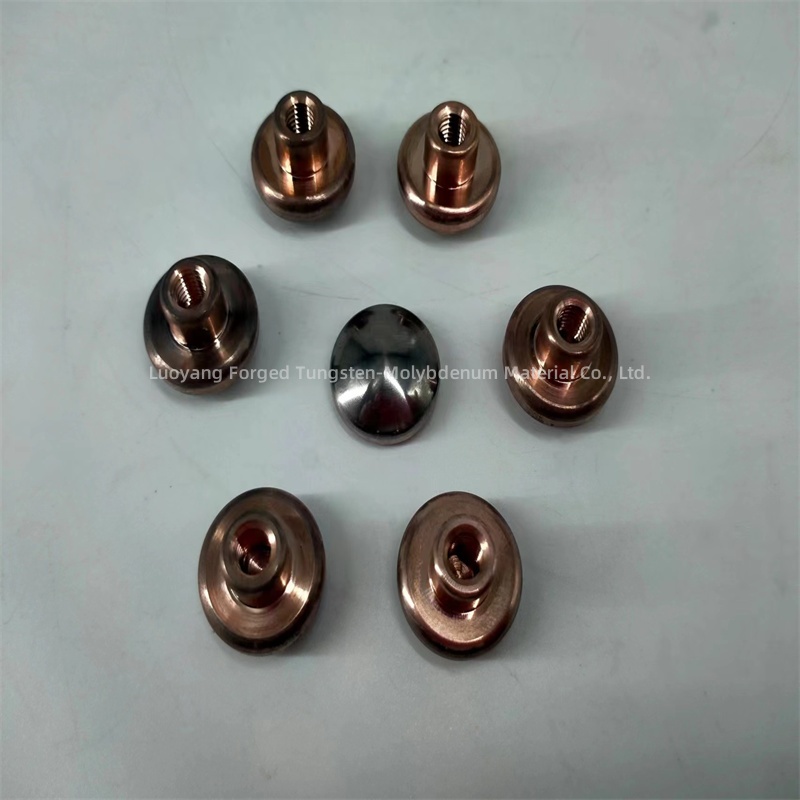News
-

On July 18th, factory partial work records
This morning we made a batch of molybdenum plates, which are large in volume and large in quantity. We first cleaned the molybdenum plates, wiped them dry with a towel, and dried them with tools before starting packaging. For exporte...Read more -

Company Organizational Team Building
On July 13th, our company organized a monthly team dinner event, which was held in outdoor places that are particularly suitable for summer in the local area: large camping sites and urban flower house campsites. On the morning of the event...Read more -

How do they process zirconia?
Zirconia, also known as zirconium dioxide, is typically processed using a method called the “powder processing route.” This involves several steps, including: 1. Calcining: Heating zirconium compounds to high temperatures to form zirconium oxide powder. 2. Grinding: Grind the calcined...Read more -

What is the difference between zirconiated and pure tungsten?
The main difference between zirconium electrodes and pure tungsten electrodes is their composition and performance characteristics. Pure tungsten electrodes are made from 100% tungsten and are typically used in welding applications involving non-critical materials such as carbon steel and stainle...Read more -

What happens to titanium crucible at high temperature?
At high temperatures, titanium crucibles exhibit excellent thermal stability and resistance to deformation. Titanium has a high melting point, so titanium crucibles can withstand extreme heat without melting or deforming. In addition, titanium’s oxidation resistance and chemical inertnes...Read more -

What is a sputtering target?
Sputter targets are materials used to deposit thin films onto substrates during the physical vapor deposition (PVD) process. The target material is bombarded with high-energy ions, causing atoms to be ejected from the target surface. These sprayed atoms are then deposited onto a substrate, for...Read more -

What are hex bolts used for?
Hexagonal bolts are used to fasten metal parts together. They are commonly used in construction, machinery and automotive applications. The bolt’s hex head allows for easy tightening and loosening with a wrench or socket, making it a popular choice for securing heavy components. To meas...Read more -

What is tungsten used for in engineering?
Tungsten parts are typically manufactured through a powder metallurgy process. Here’s a general overview of the process: 1. Powder production: Tungsten powder is produced by reducing tungsten oxide using hydrogen or carbon at high temperatures. The resulting powder is then screened to obtai...Read more -

What is guidewire in medical device?
A guidewire in medical devices is a thin, flexible wire used to guide and position medical devices, such as catheters, within the body during various medical procedures. Guidewires are commonly used in minimally invasive and interventional procedures to pass through blood vessels, arteries, and...Read more -

Which metal is the best for barrel?
The best metal for a barrel depends on the specific application and requirements. For example, stainless steel is often used for its corrosion resistance and durability, making it suitable for applications where the barrel is exposed to harsh environments or corrosive materials. However, other me...Read more -

What is copper tungsten alloy?
Copper-tungsten alloy, also known as tungsten copper, is a composite material combining copper and tungsten. The most common ingredient is a mixture of copper and tungsten, typically 10% to 50% tungsten by weight. The alloy is produced through a powder metallurgy process in which tungsten powder ...Read more -

How is copper tungsten made?
Copper tungsten is typically made through a process called infiltration. In this process, tungsten powder is mixed with a binder material to form a green body. The compact is then sintered to form a porous tungsten skeleton. The porous tungsten skeleton is then infiltrated with molten copper unde...Read more
